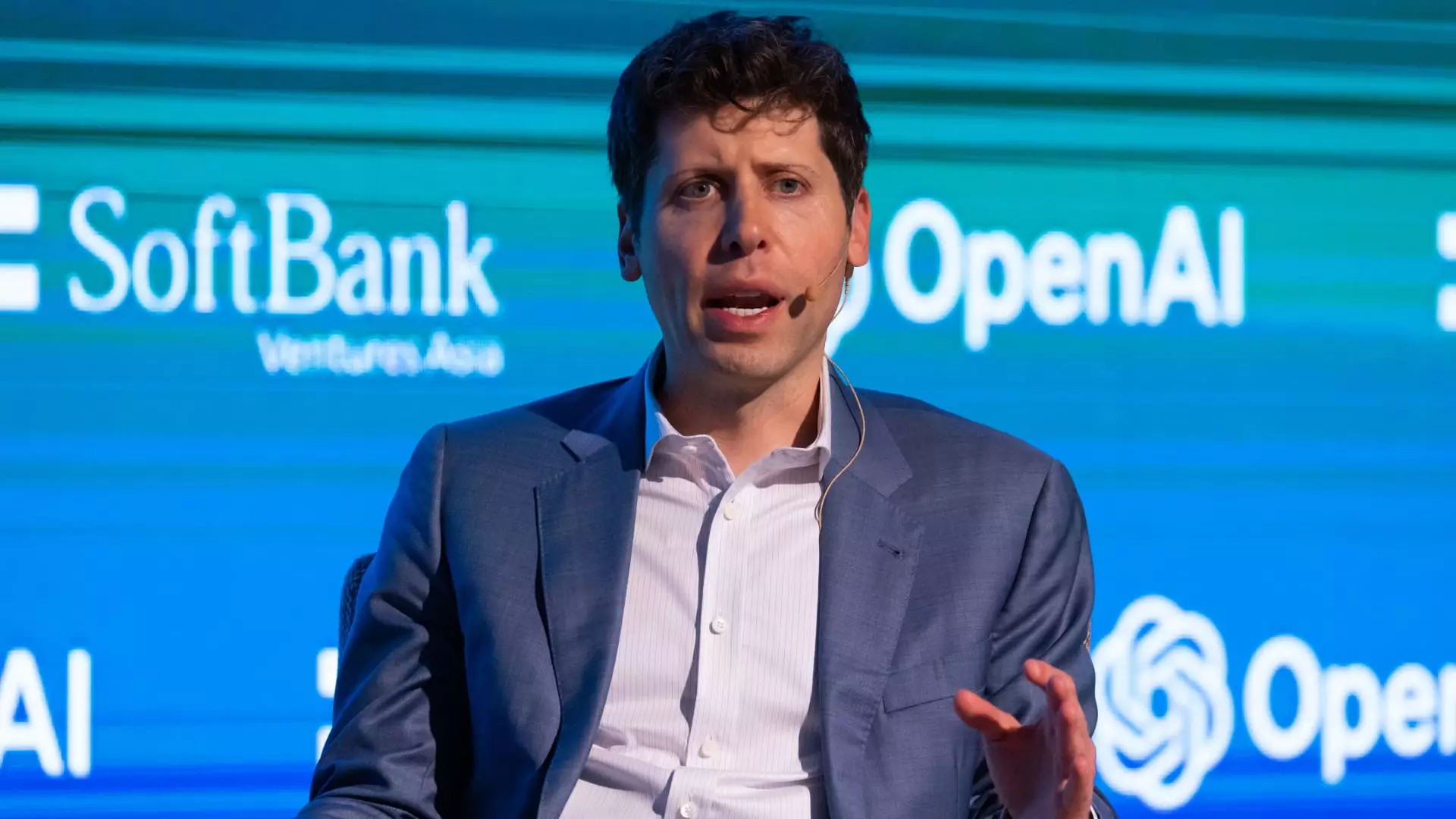OpenAI has recently announced plans to transition to a for-profit structure by 2025, a significant move that highlights the company’s need for increased capital to continue its ambitious mission in artificial intelligence (AI). The decision to create a Public Benefit Corporation (PBC) has sparked widespread discussion about the implications of this restructuring, both for the company and the AI industry as a whole.
The AI landscape is rapidly evolving, with massive investments pouring in from major tech companies. OpenAI’s board acknowledges that the scale of investment required for the ongoing development and deployment of AI technologies, particularly the large language models that underpin popular applications like ChatGPT, is daunting. In their recent announcement, they stated that the “hundreds of billions” invested in AI development reflect the immense challenge ahead. The financial reality is stark: OpenAI expects losses of approximately $5 billion against $3.7 billion in revenue this year, signaling an urgent need for a capital influx.
This move towards adopting a more conventional equity model is not merely a strategic shift; it is a necessity. The high costs associated with cutting-edge AI research and the computational resources required—primarily provided by Nvidia and Microsoft—underscore the financial pressures that OpenAI faces. The firm’s valuation, reported to be $157 billion, can be attributed to its pioneering chatbot and the ensuing generative AI boom. However, sustaining such a valuation will demand a competitive edge in a fast-evolving market projected to exceed $1 trillion in revenue within the decade.
Changing Corporate Structures: Pros and Cons
By shifting to a PBC and allowing for ordinary shares of stock, OpenAI aims to streamline funding avenues and enhance its commercial operations. The intent is to distinguish between its nonprofit efforts—which will focus on charitable activities in healthcare, education, and science—and its for-profit pursuits. This bifurcation seeks to address some of the structural limitations that have hindered the company’s ability to attract traditional investors. The board’s acknowledgment that the existing nonprofit model has created barriers to engaging with investors is telling; they emphasize the need for flexibility in financing structures to stay competitive.
However, the transition carries inherent risks. The complexities of such a restructuring may generate confusion among stakeholders, including investors, employees, and the public. The skepticism around the integrity of AI advancements—especially concerning their ethical implications—could intensify following a shift to profit-oriented motives. As the company balances its dual roles, it must ensure that its commitment to responsible AI development remains uncompromised.
OpenAI’s restructuring efforts have not been without controversy. A notable challenge is the ongoing conflict with co-founder Elon Musk. Musk has openly critiqued the company’s direction, labeling its efforts as a “total scam.” This public rivalry complicates external perceptions of OpenAI and its future, especially as Musk’s influence in the tech world remains significant. The legal battles surrounding the transition may further obstruct OpenAI’s objectives, diverting focus away from crucial innovations.
Moreover, the company’s ability to retain top talent has come under scrutiny. A wave of executive departures—including key figures like Chief Technology Officer Mira Murati and research leads—raises questions about internal morale and the company’s clarity of vision. Reports suggest that these exits stem from concerns that OpenAI’s management has prioritized commercial aspirations over the foundational principle of safety in AI development. Such departures not only impact the company’s operational continuity but could also hinder the effective implementation of its proposed restructuring.
As OpenAI prepares for this significant transformation, the road ahead is fraught with challenges and opportunities. The establishment of a PBC coupled with traditional investment structures could theoretically empower the company to scale its operations and innovations rapidly. Nonetheless, maintaining a commitment to ethical AI practices while pursuing profitability will be a delicate balancing act.
Ultimately, OpenAI’s journey to becoming a PBC in 2025 will serve as a critical case study for the tech industry. As AI continues to reshape our world, companies like OpenAI must navigate the intricate interplay between innovation, ethics, and financial sustainability. The willingness to adapt and evolve may determine not just OpenAI’s fate but also the broader direction of artificial intelligence as it integrates ever more deeply into society. The eyes of tech enthusiasts and ethical watchdogs alike will remain fixed on this pivotal transformation, eager to see how OpenAI reconciles its formidable ambitions with the responsibilities that accompany them.

